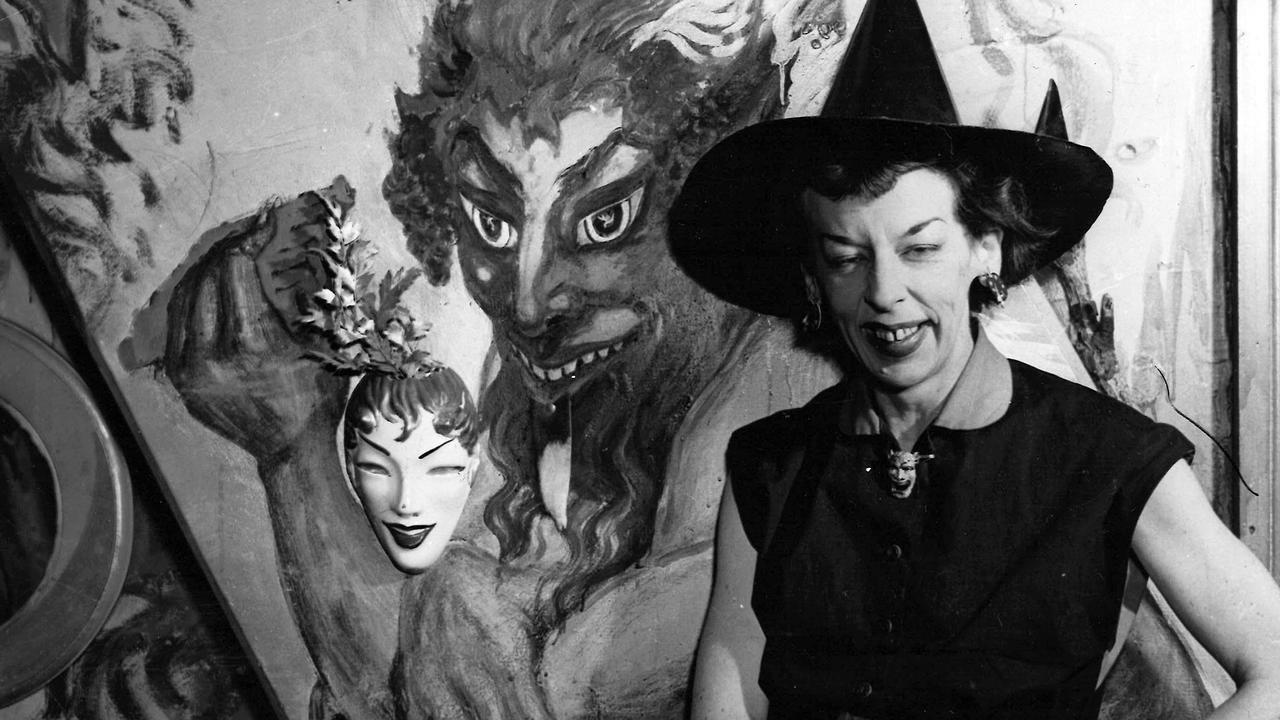The “Countess from Kirribilli” who sparked an international literary mystery
Long before Bridgerton was a TV hit an Australian-born author hid her identity to write about taboo topics as the world’s press worked to unmask her.
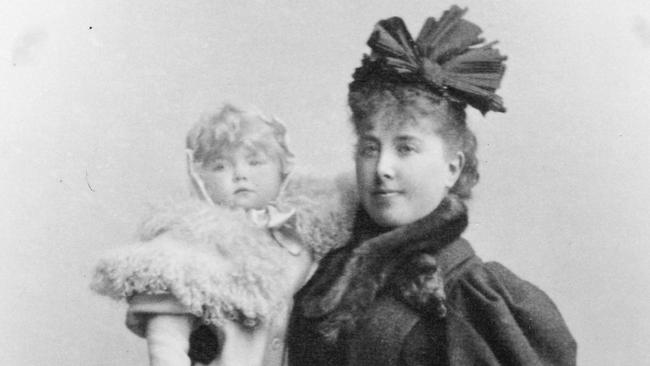
In Black and White
Don't miss out on the headlines from In Black and White. Followed categories will be added to My News.
WHEN an Australian-born girl married a German count after her court debut before Queen Victoria at Buckingham Palace, many thought she was set for life.
But life as an aristocrat was not enough for the fiercely independent Mary Beauchamp, and she turned to writing.
The young mother became an international best-selling author of semi-autobiographical books, tackling taboo topics from women’s sexuality and adultery to childbirth to Nazism.
Mary, later known as Elizabeth von Arnim, is the subject of the latest episode of the In Black and White podcast on Australia’s forgotten characters:
Her story is told in a new book called The Countess from Kirribilli, by arts journalist and author Joyce Morgan.
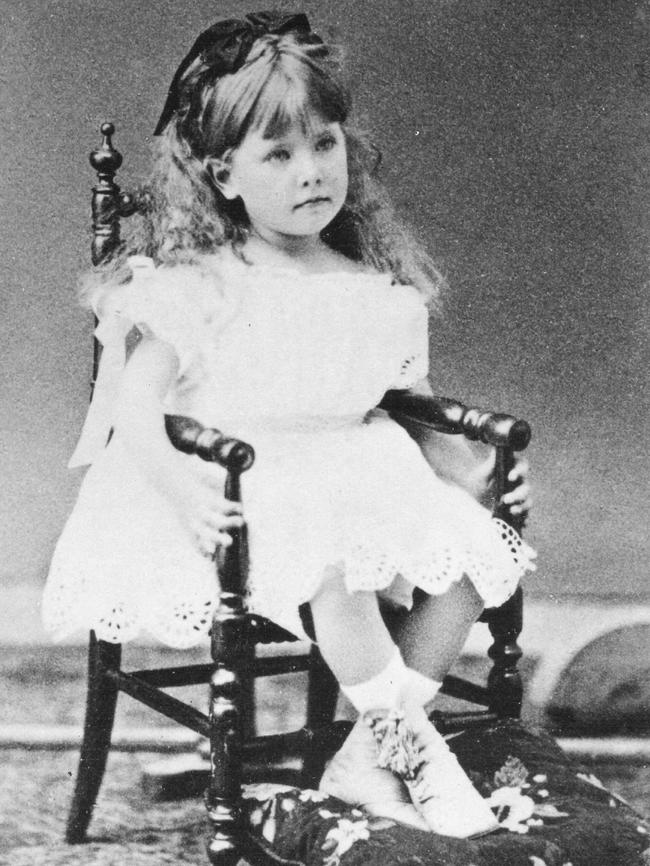
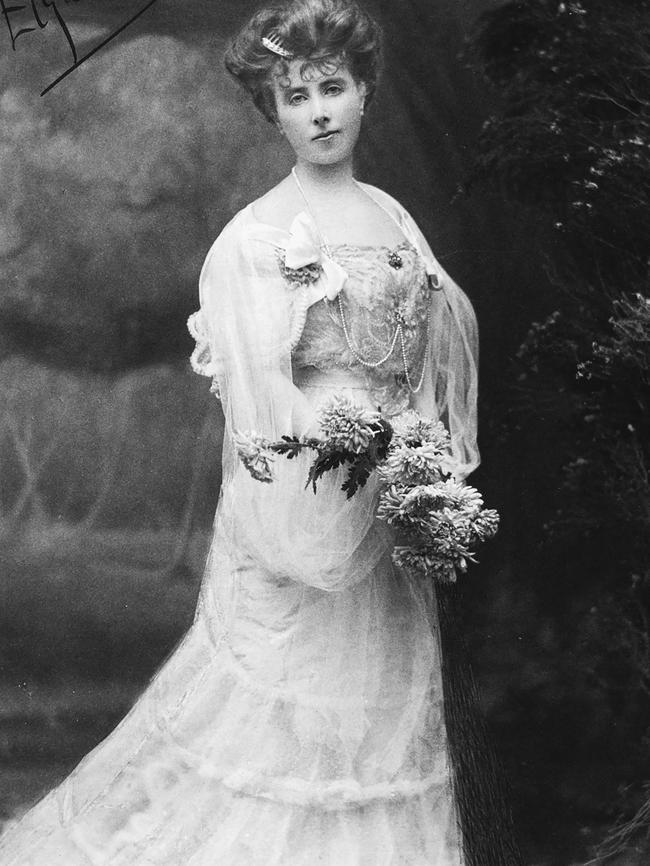
As the wife of a German aristocrat, Countess von Arnim could not put her own name on her books, and instead chose a simple single-name pseudonym, Elizabeth.
“It just wasn’t considered decent for a married aristocratic woman to be sullying her hands earning money from writing commercial books,” Ms Morgan says.
“So her first book was published anonymously.”
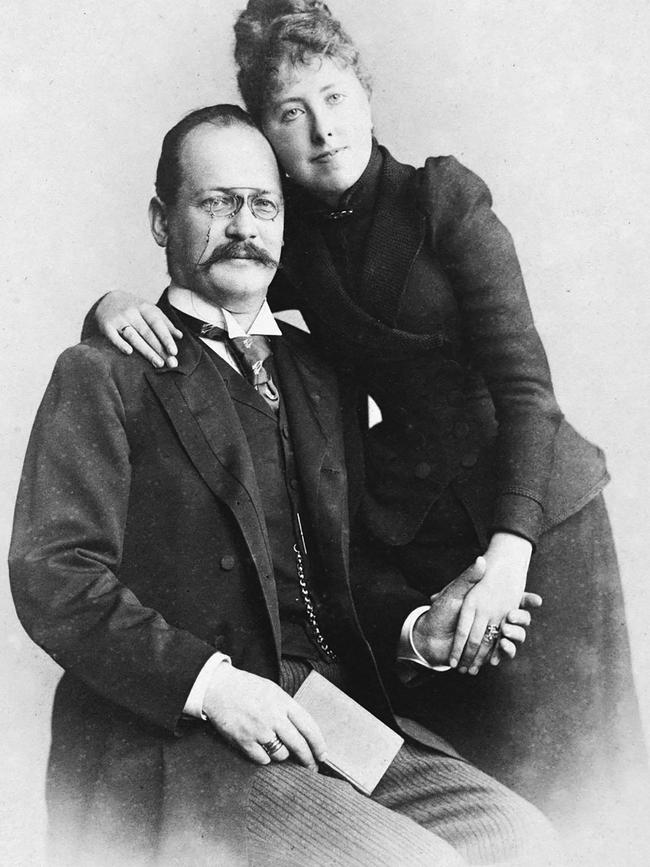
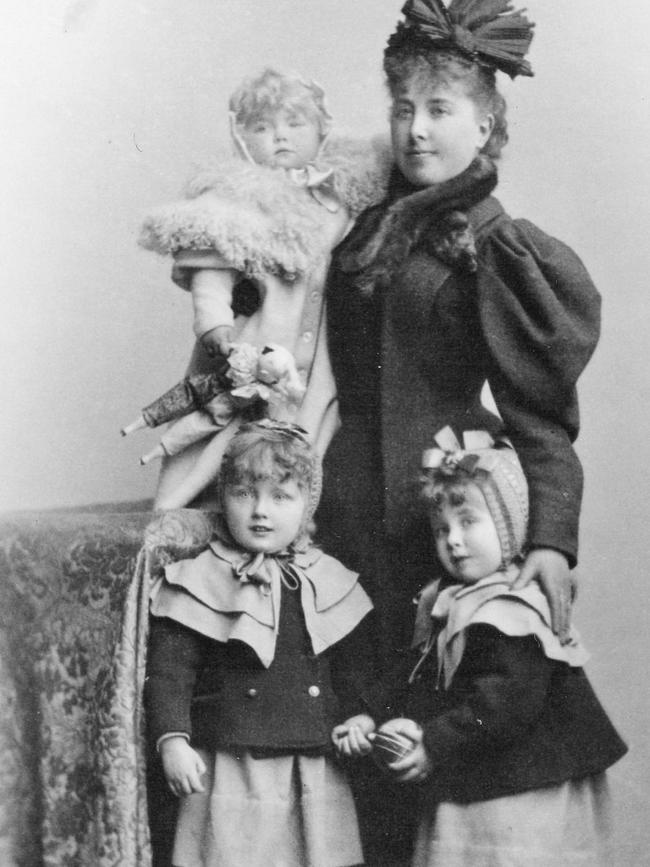
The 1898 book, called Elizabeth and her German Garden, was an instant bestseller, earning critical reviews for its wit and whimsy.
It described her life in her husband’s remote rural estate in Pomerania, and fictionalised the Count as “The Man of Wrath”, gently poking fun at him.
Within 18 months, it was reprinted 21 times.
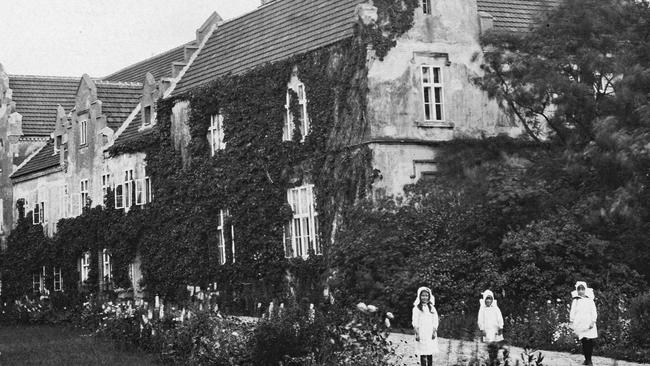
Her anonymity sparked a worldwide mystery as journalists from New York to London to Melbourne attempted to unmask the true identity of “Elizabeth”.
“Soon there was lots of speculation like, ‘Who is Elizabeth?’, ‘Who is this mysterious writer that’s published this best-selling book?’ because it became a bestseller in England, in America, in Australia,” Ms Morgan says.
“It set off a huge international literary mystery to discover who was behind the book.”
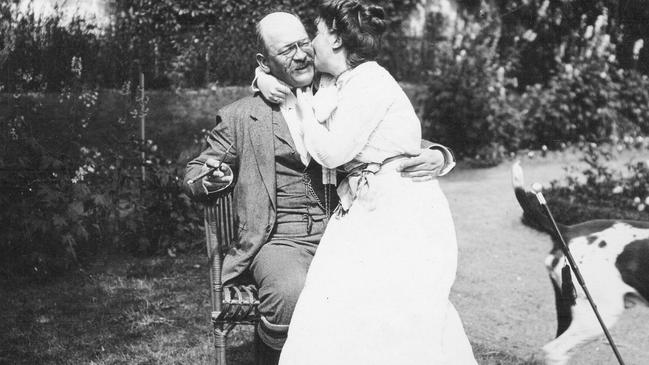
Some publications speculated the author must really be a man.
Countess von Armin was dismayed when a small literary journal in London spilt the beans, exposing her as the author.
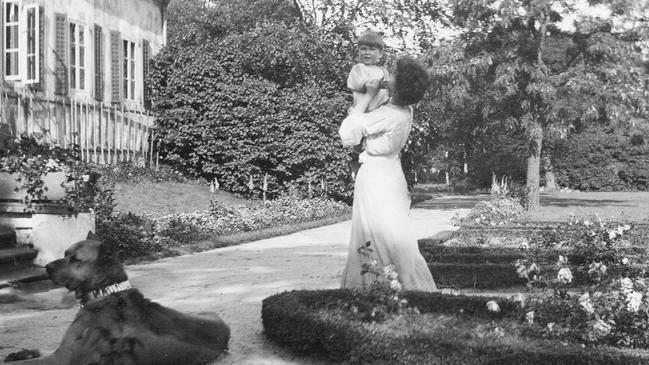
The article used her family’s childhood pet name for her, May, suggesting the traitor was someone in her inner circle.
In distant Melbourne, there were further revelations when literary journal The Book Lover reported the anonymous writer was “an Australian native” who was “married to a German count”.
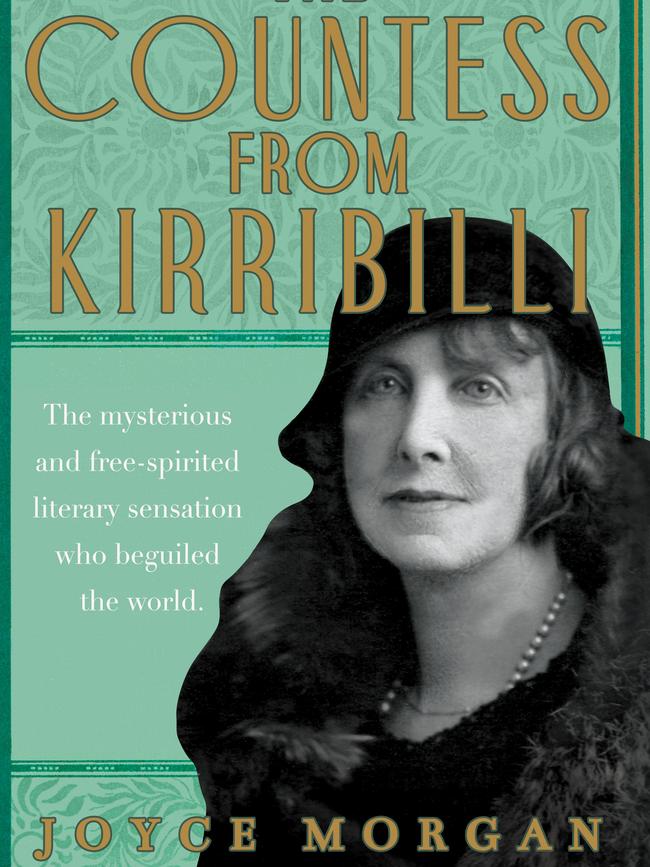

But other press largely ignored the revelations, and readers were thrown off the scent when The New York Times claimed it had confirmed rumours sweeping British high society – that the author was another wealthy aristocrat, Princess Henry of Pless.
The Chicago Daily Tribune, The Washington Post, The Irish Times, The Australian Star and the Daily Mail were among mainstream newspapers to weigh in with competing theories.
It was years before her identity was widely known.
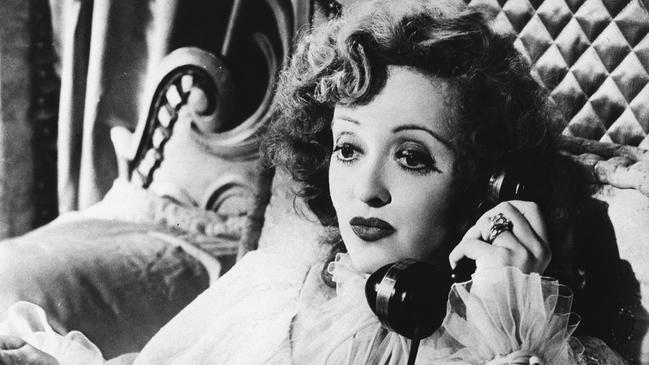
Even after she was unmasked, the mother of five attempted to maintain her anonymity, and not one of her more than 20 books was published under her real name.
Listen to the interview about Elizabeth von Arnim with Joyce Morgan in the In Black and White podcast on iTunes, Spotify or web.
See In Black & White in the Herald Sun newspaper Monday to Friday for more stories and photos from Victoria’s past.


